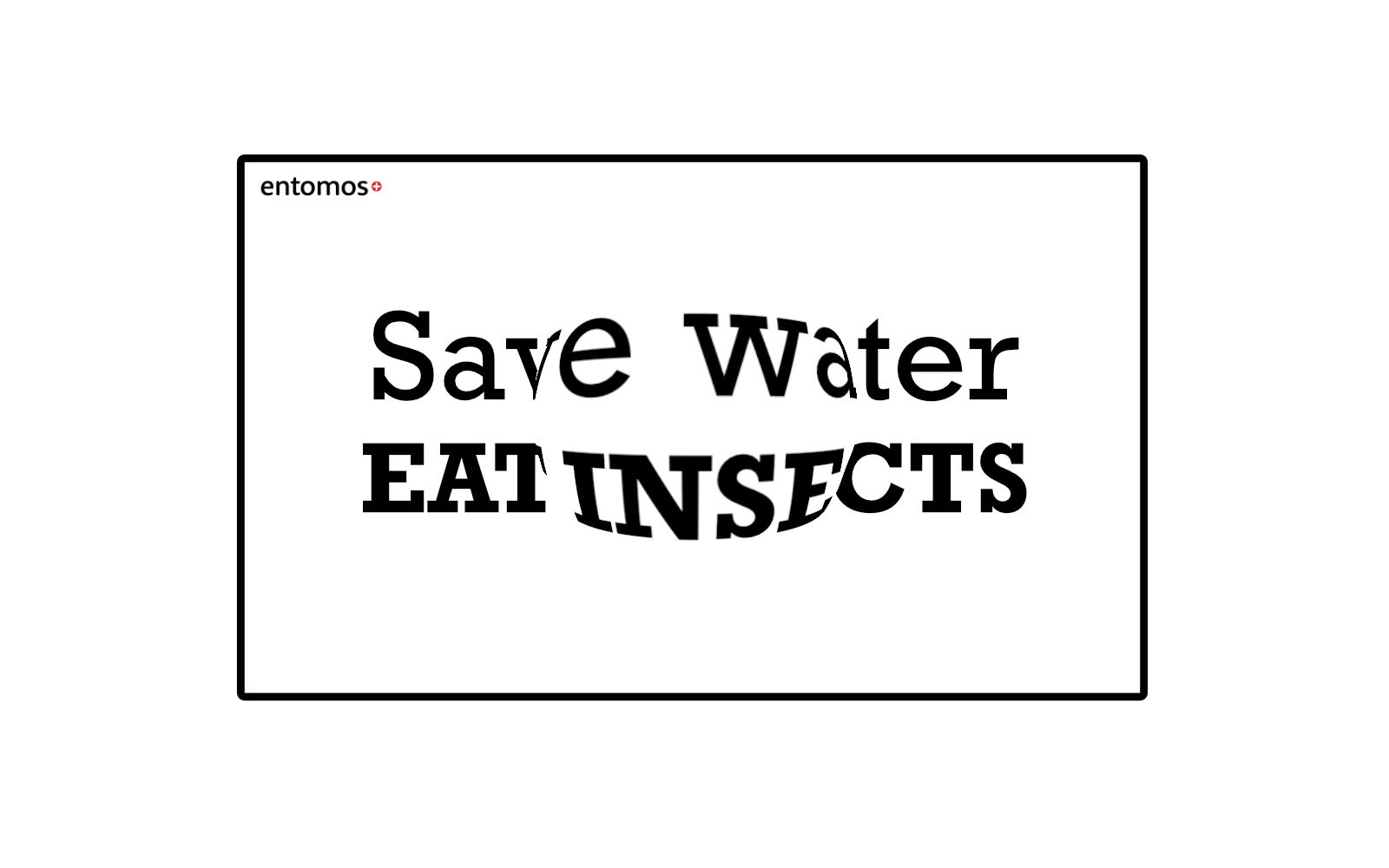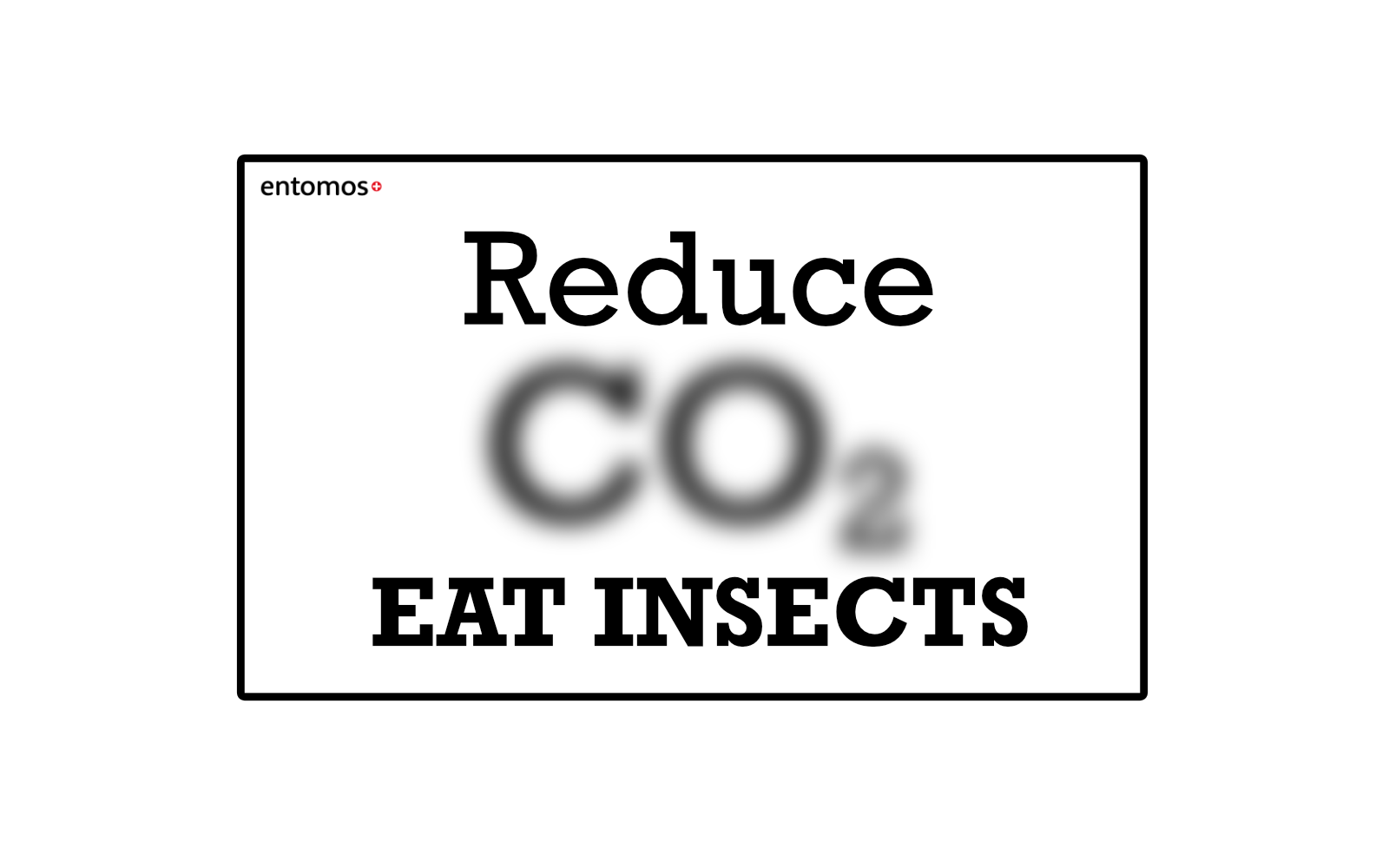Edibles Insects: a Sustainable Food Alternative
The world's population is expected to reach 9.1 billion by 2050
The United Nations’ Food and Agriculture Organization (FAO) predicts that at that point, the world would need to produce 70% more food than today to feed all those people.
We have therefore to seek for food alternatives. Seaweeds are very interesting. But not only, because edible insects are also very very interesting! In the western, we're not use to consume them yet, but we believe that a food evolution is on its way to reach us too!
Why not be part of this food evolution and to start right now to taste yummy edible insects, and do you GOOD?
Edible insects are a huge step towards a more sustainable world.
Here is why according to the FAO:
1. Feed conversion
It implies animal’s capacity to convert feed mass into increased body mass, represented as kg of feed per kg of weight gain. « up to 80% of edible insect is edible and digestible compared with 55% for chicken and pigs and 40% for cattle. This means that crickets are 2x as efficient in converting feed to meat as chicken, at least 4x more efficient than pigs, and 12x more efficient than cattle. This is likely because insects are cold-blooded and do not require feed to maintain body temperature ».
2. Water use
Agriculture consumes about 70% of freshwater worldwide compared to the requirement of water use by insects which is around 10-15 liters, « the production of 1kg of chicken requires 2’300 litres of virtual water, 1kg of pork requires 3’500 litres, and 1kg of beef requires 22’000 litres, with estimates for the latter reaching as high as 43’000 litres. »

3. Organic side streams
Insects like mealworm are efficient at bioconverting organic waste (e.g., unsold vegetables). They could collectively convert 1.3 billion tonnes of biowaste per year.
4. Greenhouse gas emissions
Insects are lower by a factor of about 100 in greenhouse gas emission compared to livestock rearing which is responsible for 18 percent of GHG emissions (CO2 equivalent), a higher share than the transport sector.

5. Risk of zoonotic infections
The infection or infestation shared in nature by humans, and wild or domestic animals, for example, SARS, H5N1, H7N7, is expected to be reduced for insects because insects are taxonomically much more distant from humans than conventional livestocks.
6. Better land use
As insects can be raised vertically, it only requires small portion of land. Producing 1kg of insects proteins needs around 15m2, pigs 55m2 and cattle 250m2.
We believe that,
eating insects is not going to replace the delicious traditional meal, loved by many of us. And we think that's ok because one's culture doesn’t change so fast. Moreover, we won’t allow us to dictate what you should eat and not eat. It is, however, your choice to consider eating edible insects as a valuable alternative to feed yourself more and more often 😁 !
And,
we can act responsibly today to the very great change our planet is challenged with. Sooner, it will be too late. That is why, we believe in edible insects as a precious alternative to make our planet a place to live, even in 2050. You can find all our products on gourmetbugs.ch, the Swiss leader in the online sale of edible insects.
